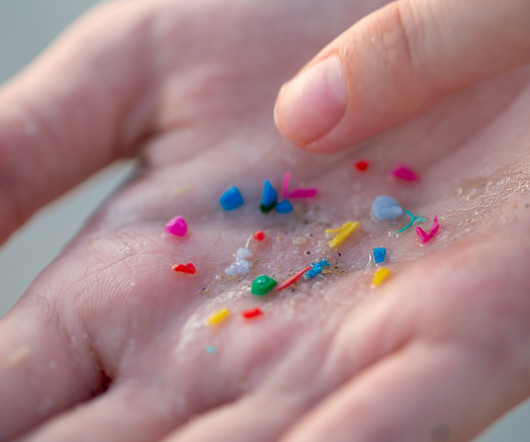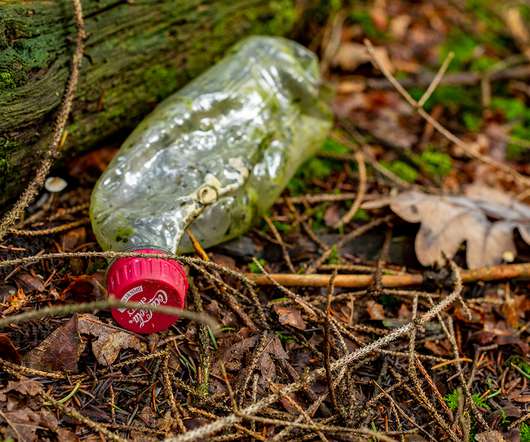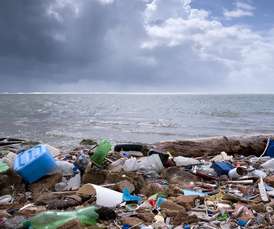Microplastics are in human testicles. It’s still not clear how they got there.
Grist
MAY 23, 2024
No human organ is safe from microplastic contamination, it seems — not even the testicles. Researchers at the University of Mexico recently tested 70 samples of testicular tissue — 47 from dogs and 23 from humans — and found microplastics in every single one. So how do the microplastics get into people’s bodies?















Let's personalize your content